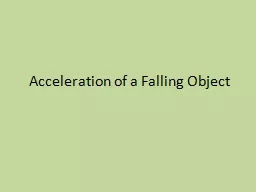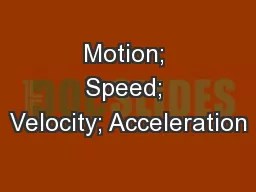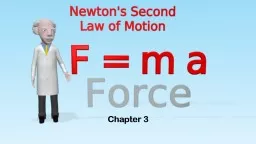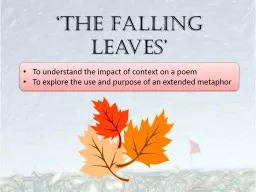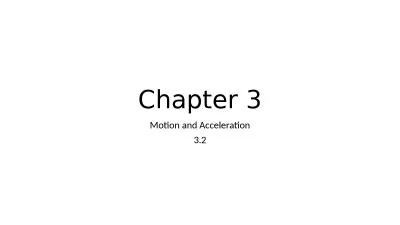PPT-Acceleration of a Falling Object
Author : sherrill-nordquist | Published Date : 2016-07-14
When a Falling Object Accelerates Only Due to Gravity We Call This Free Fall Knowing What We Know Now Why does a brick with twice the amount of mass as another
Presentation Embed Code
Download Presentation
Download Presentation The PPT/PDF document "Acceleration of a Falling Object" is the property of its rightful owner. Permission is granted to download and print the materials on this website for personal, non-commercial use only, and to display it on your personal computer provided you do not modify the materials and that you retain all copyright notices contained in the materials. By downloading content from our website, you accept the terms of this agreement.
Acceleration of a Falling Object: Transcript
Download Rules Of Document
"Acceleration of a Falling Object"The content belongs to its owner. You may download and print it for personal use, without modification, and keep all copyright notices. By downloading, you agree to these terms.
Related Documents

